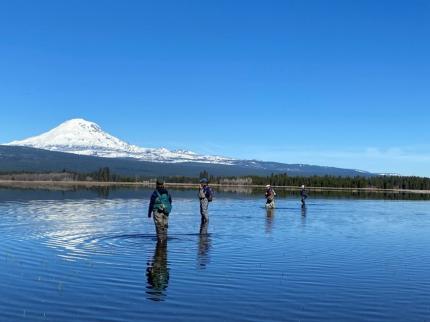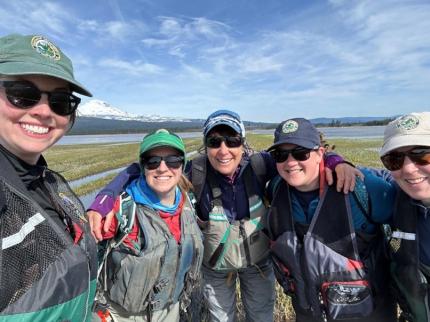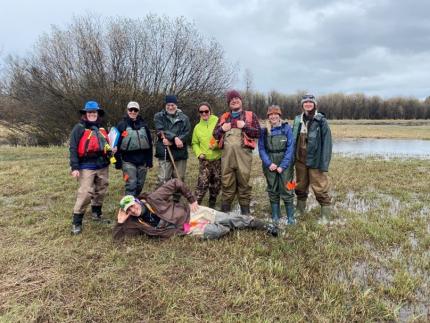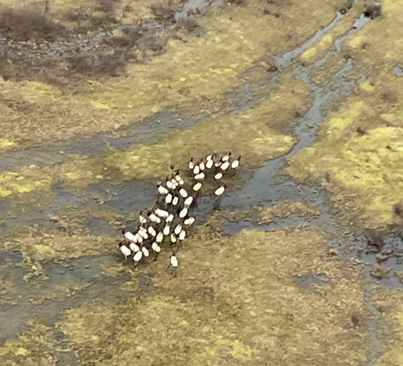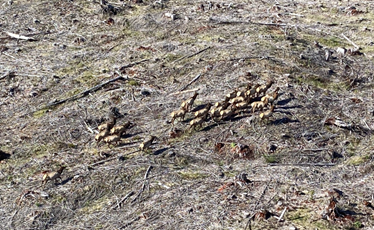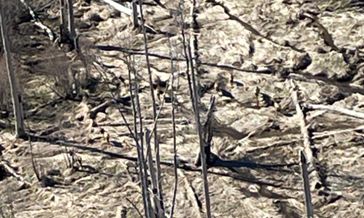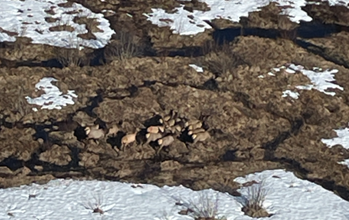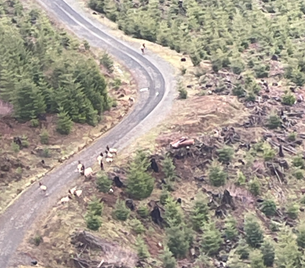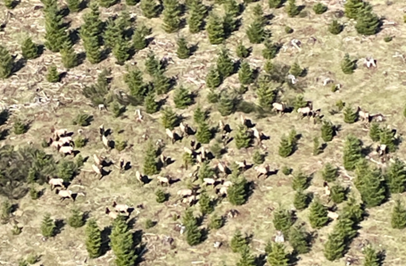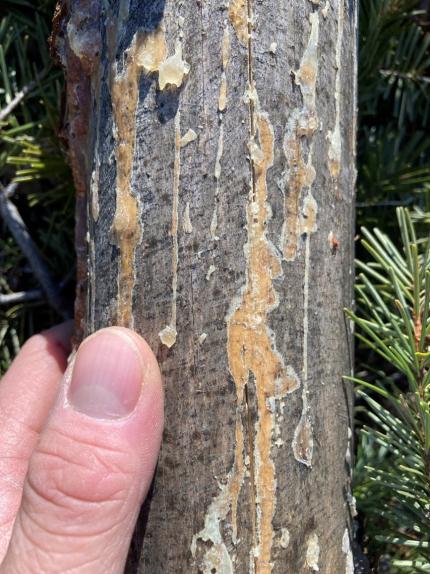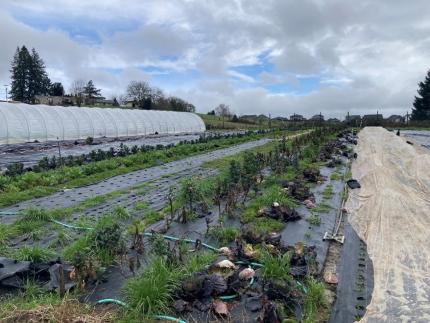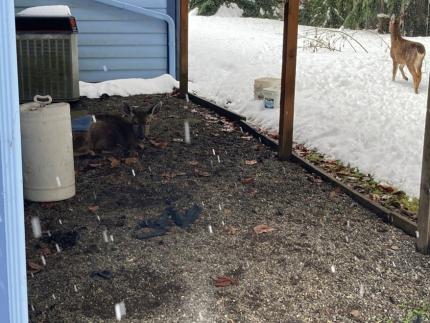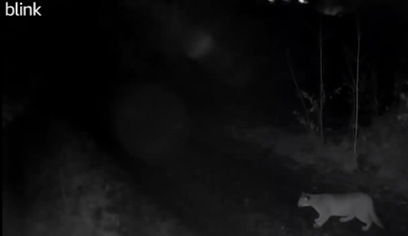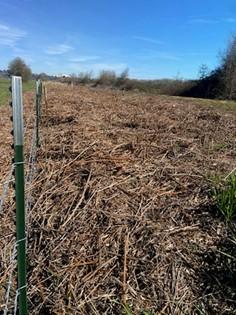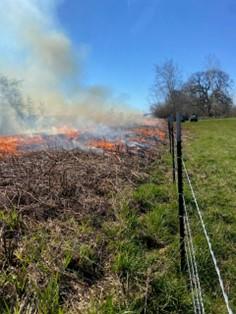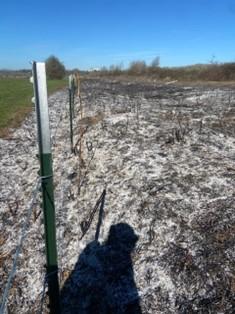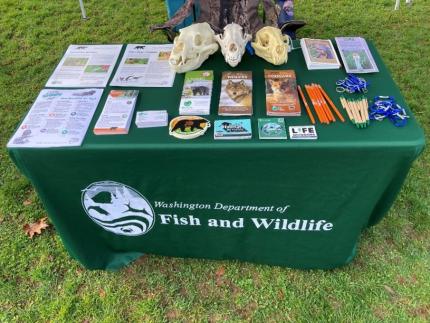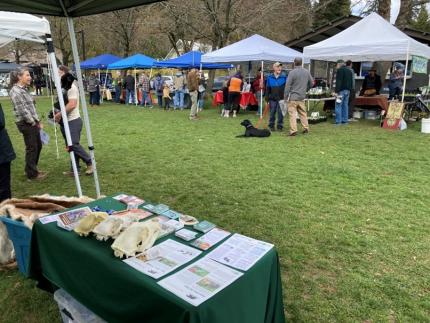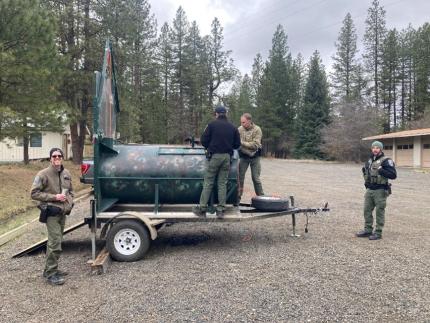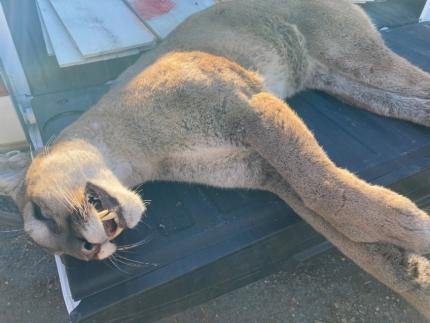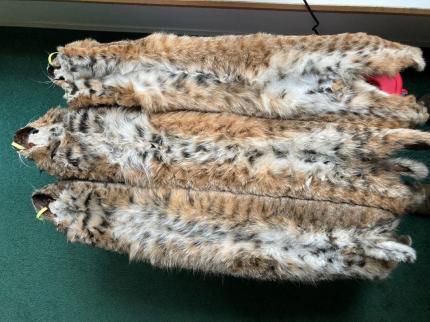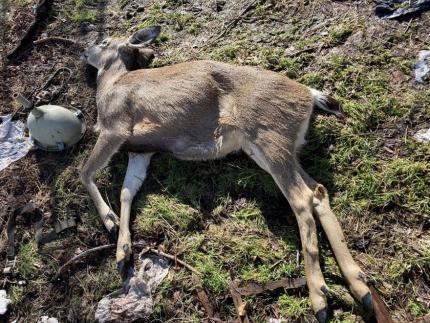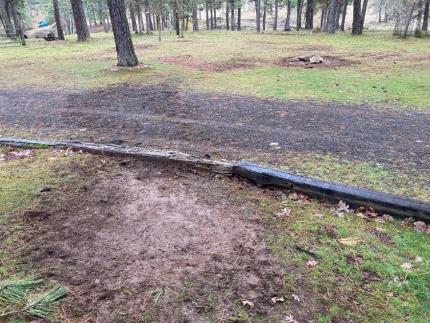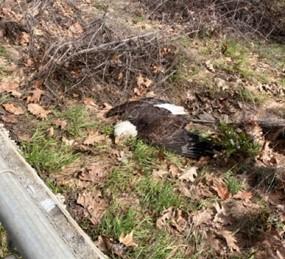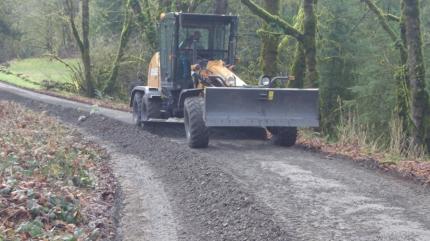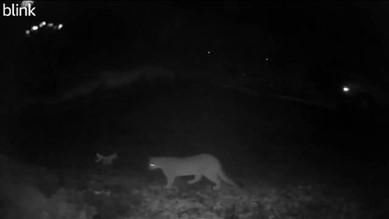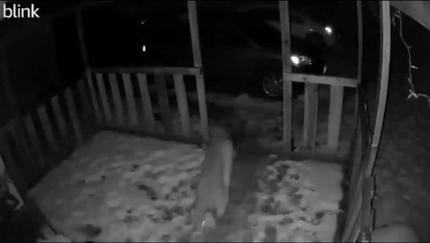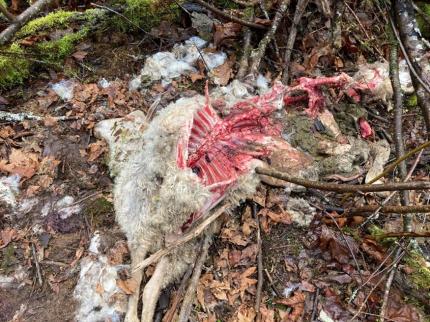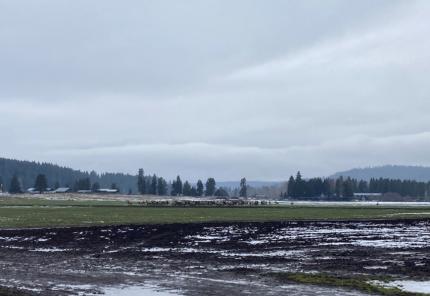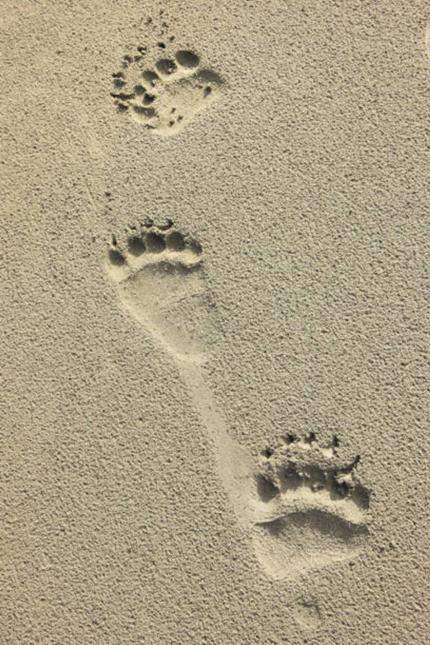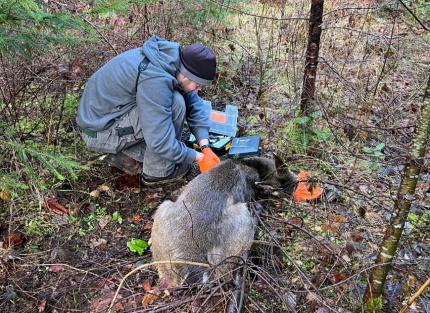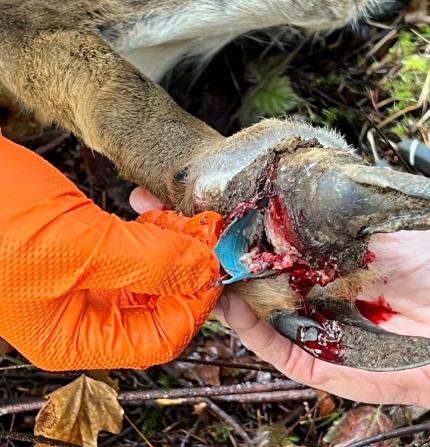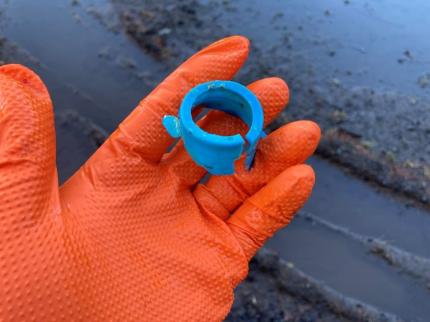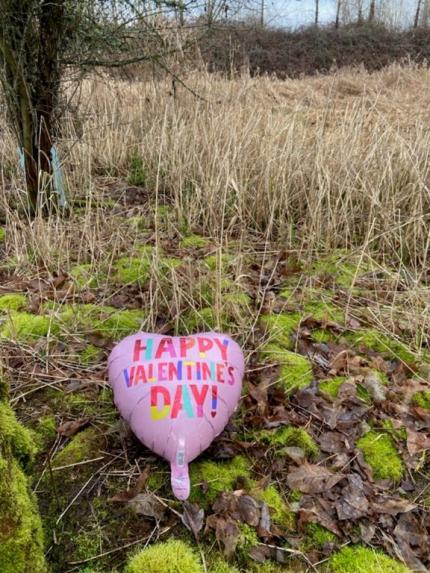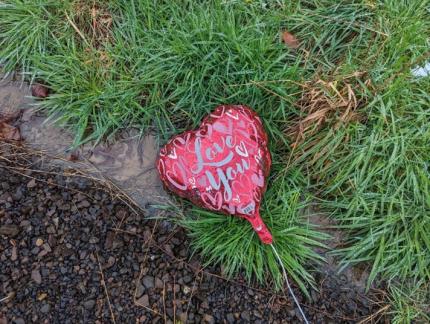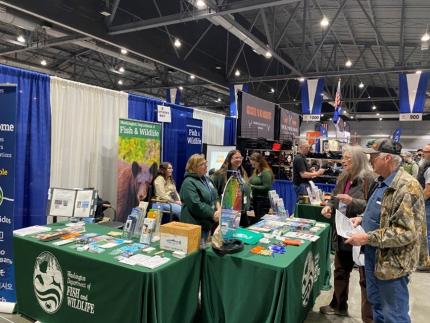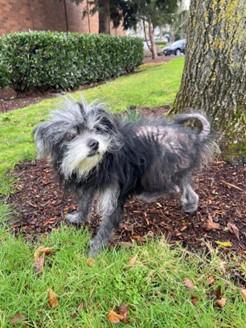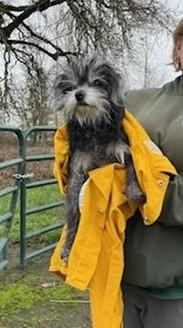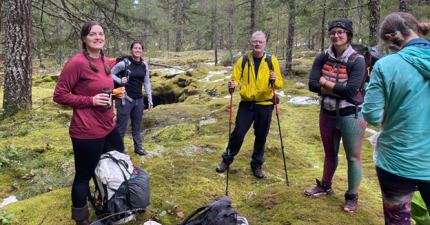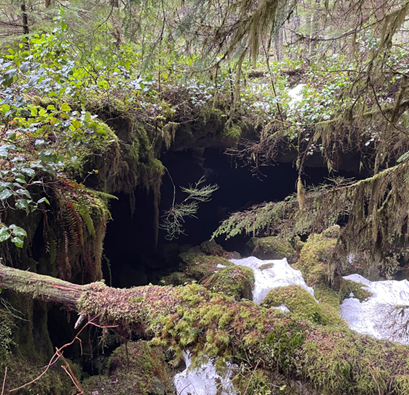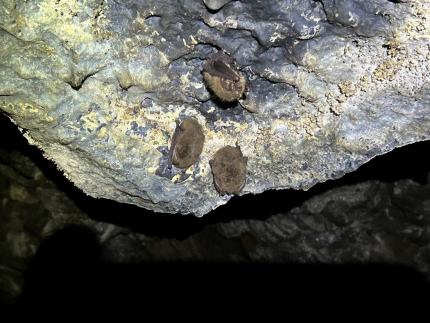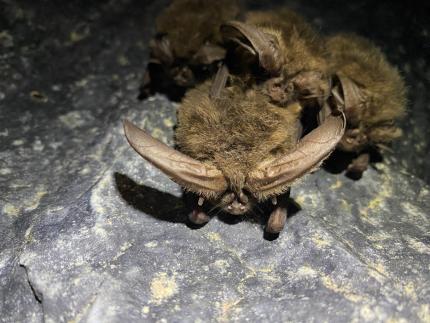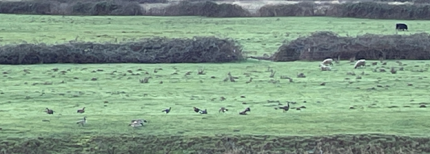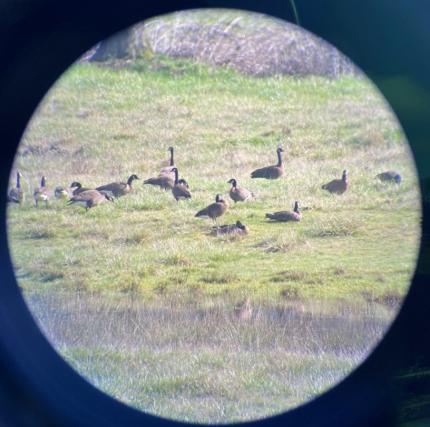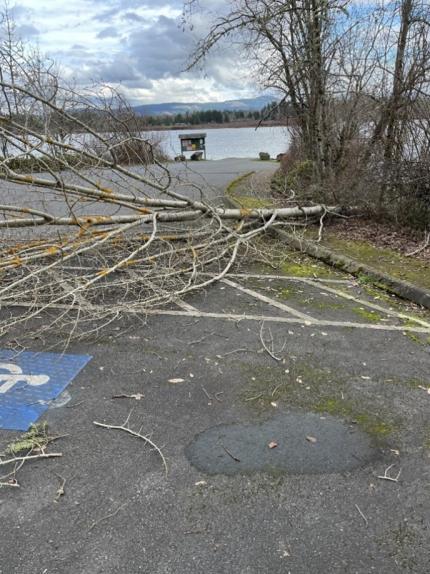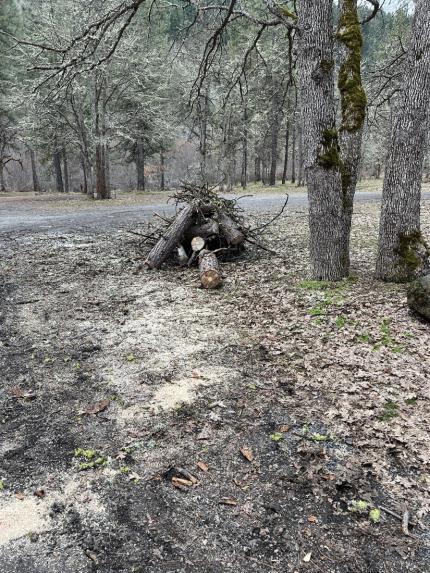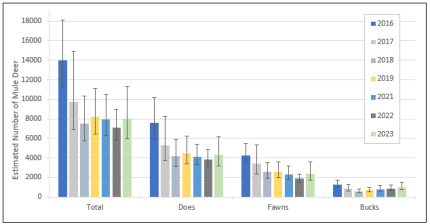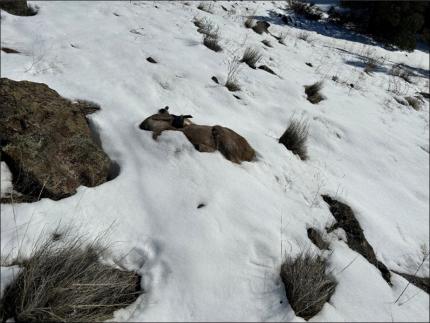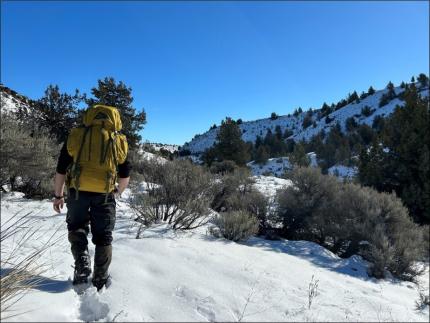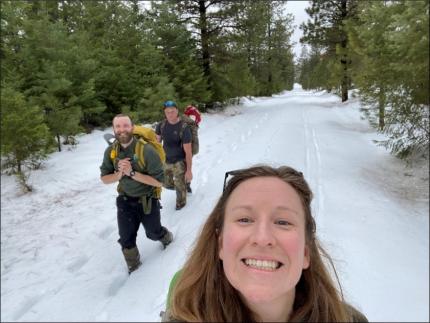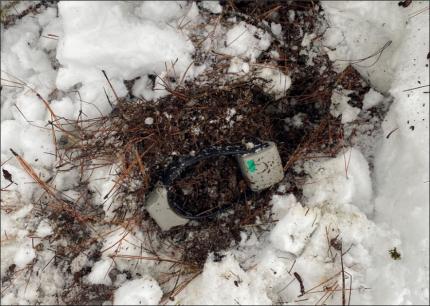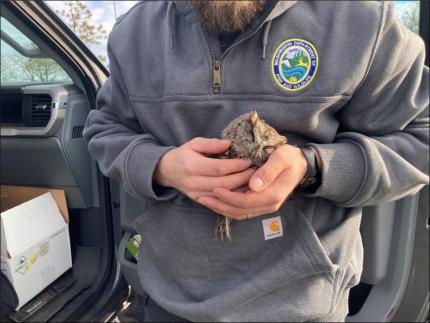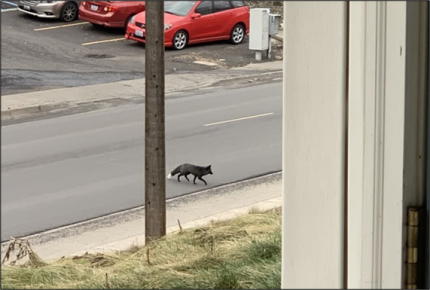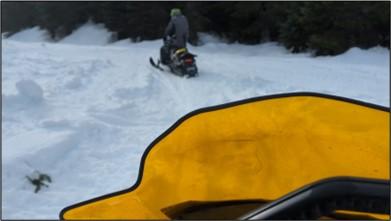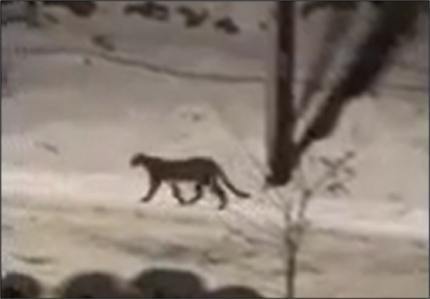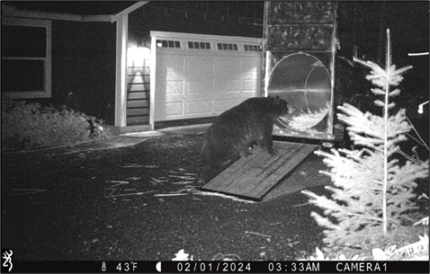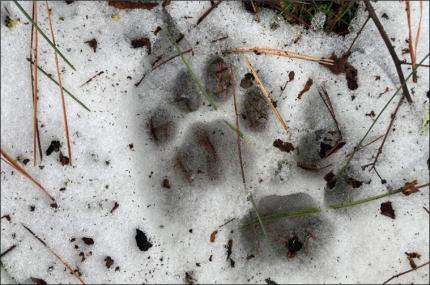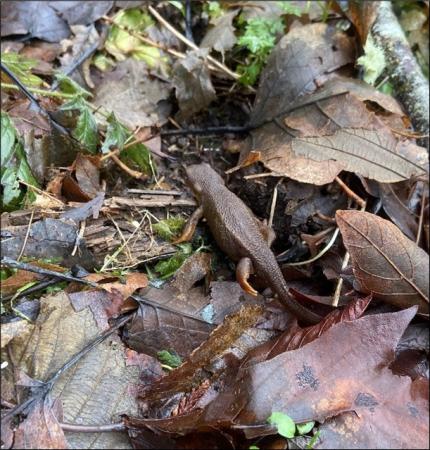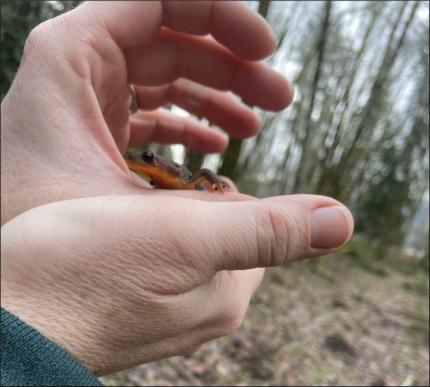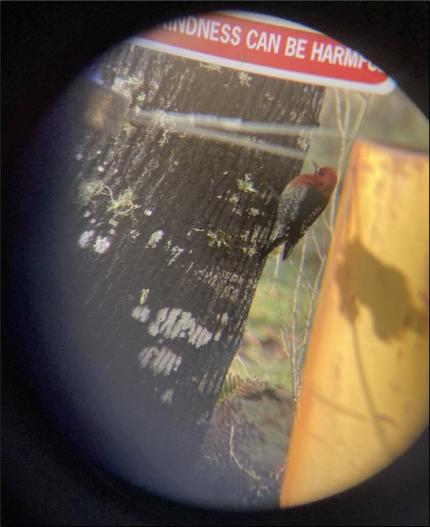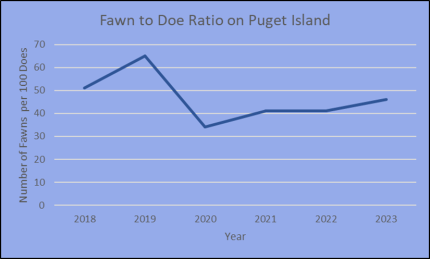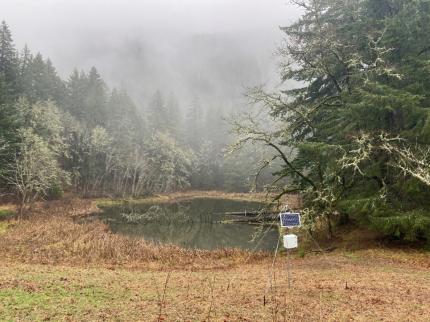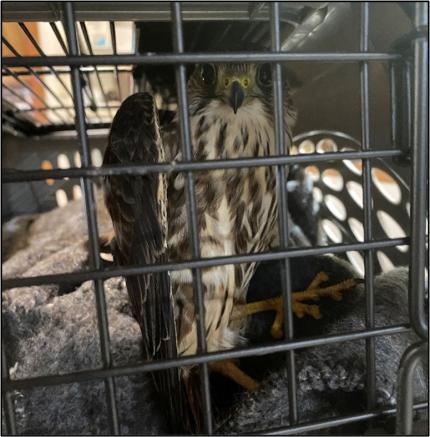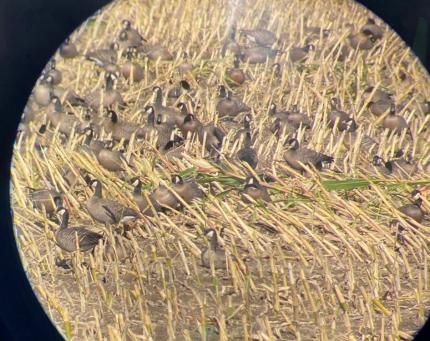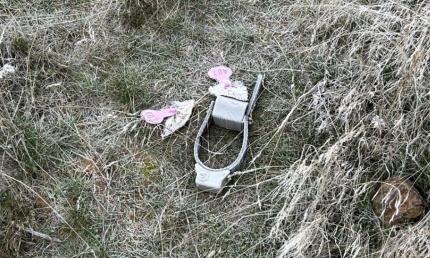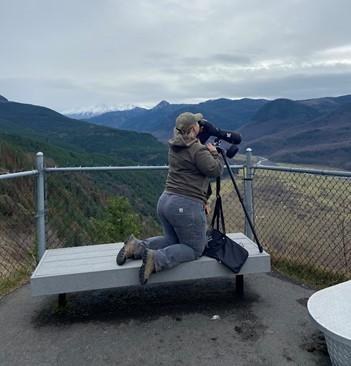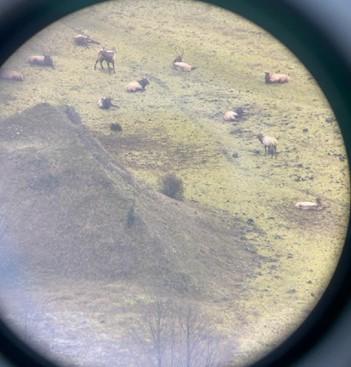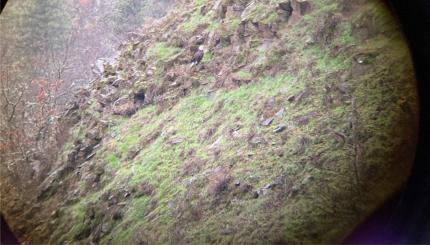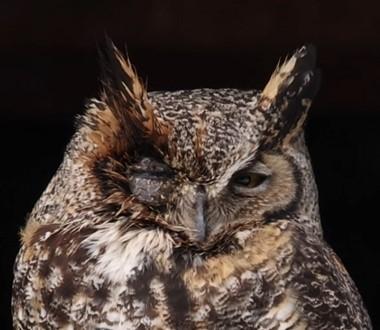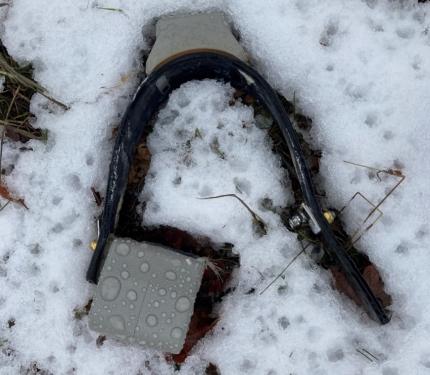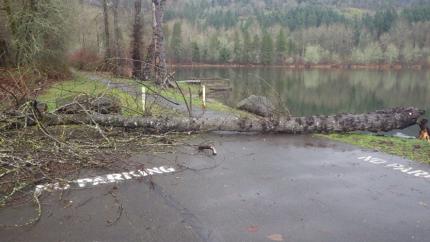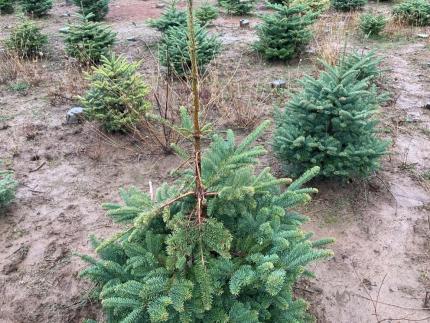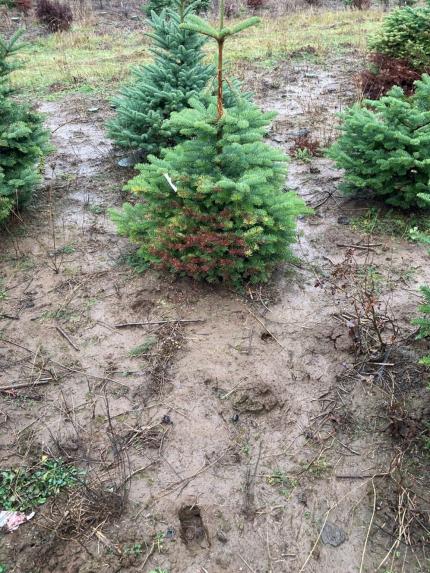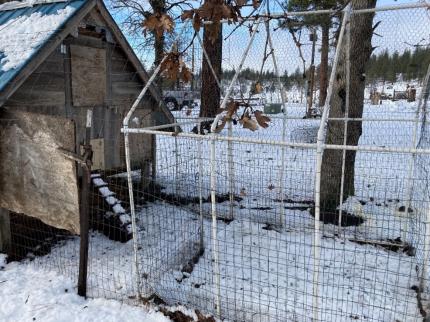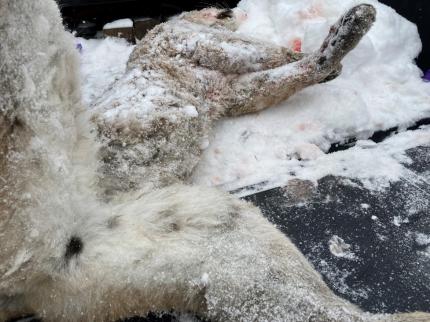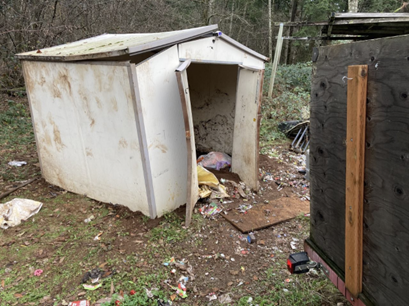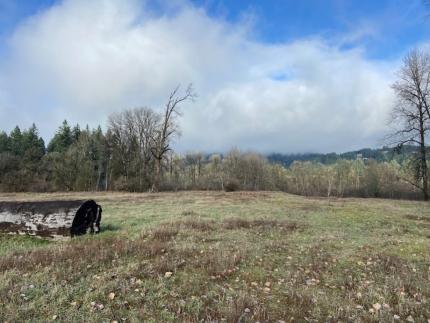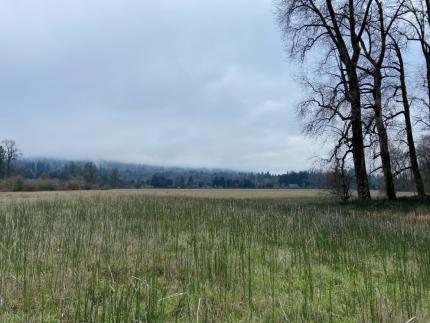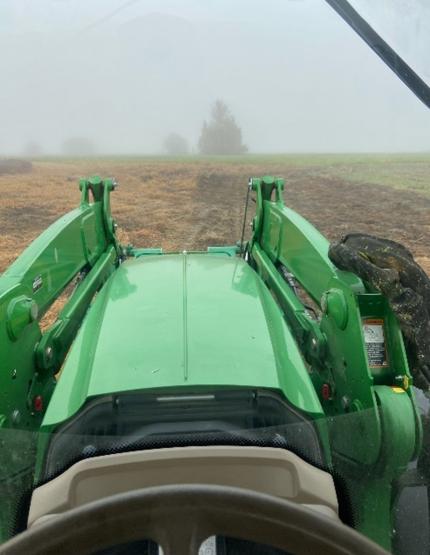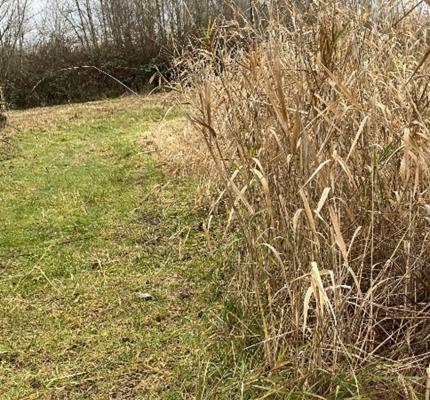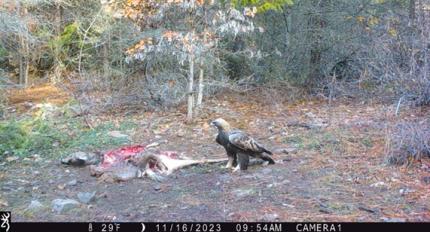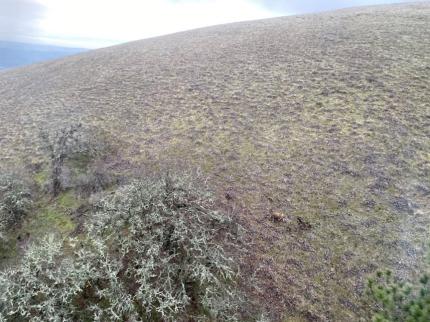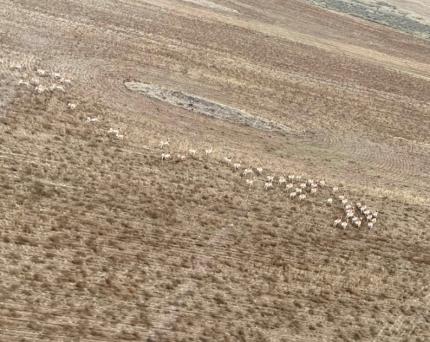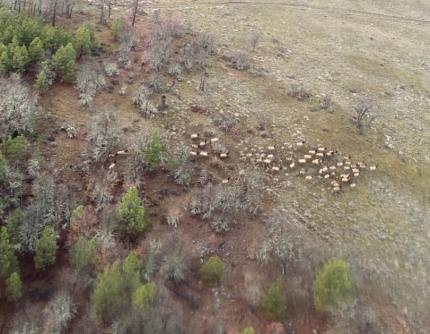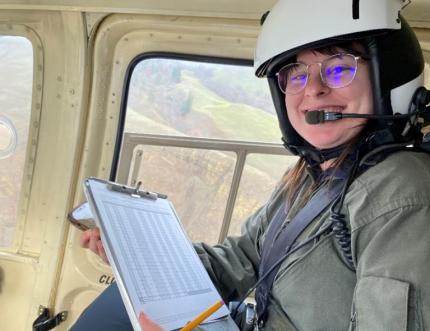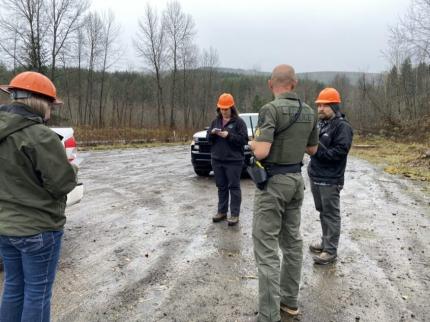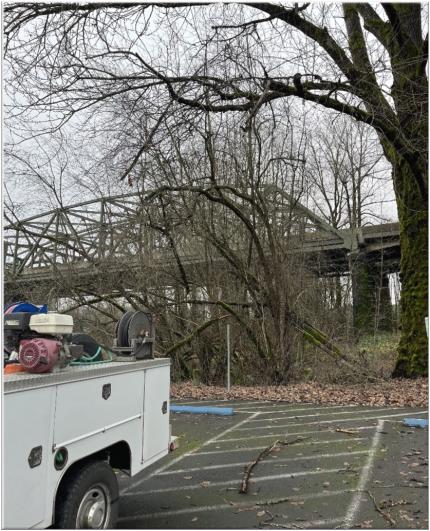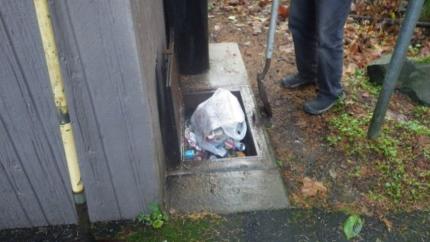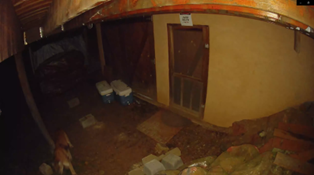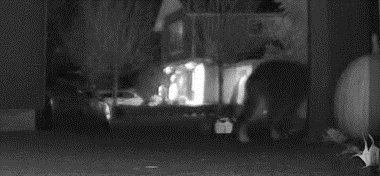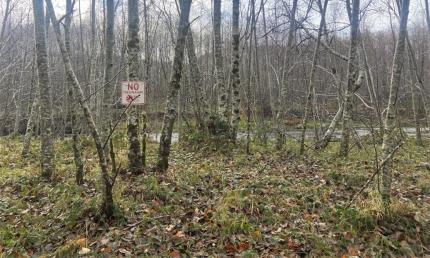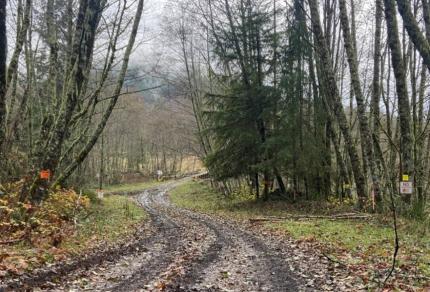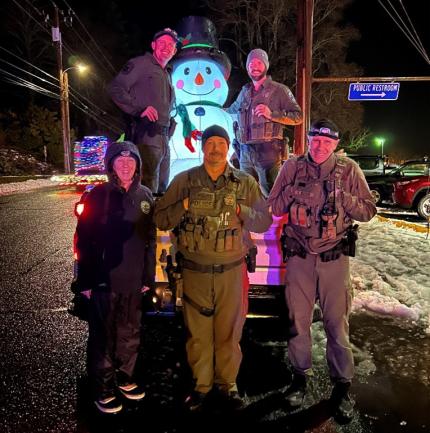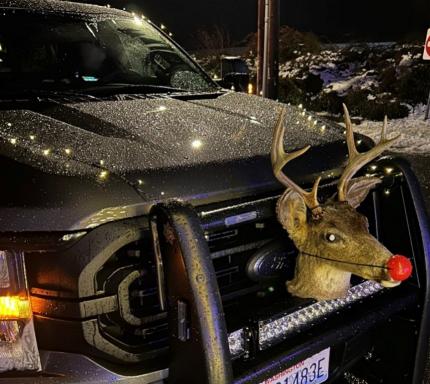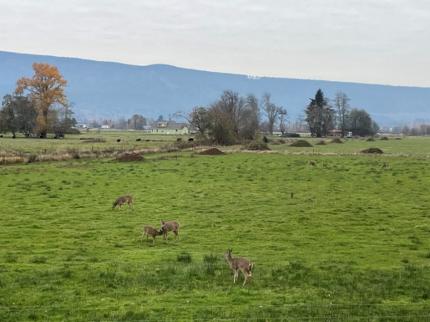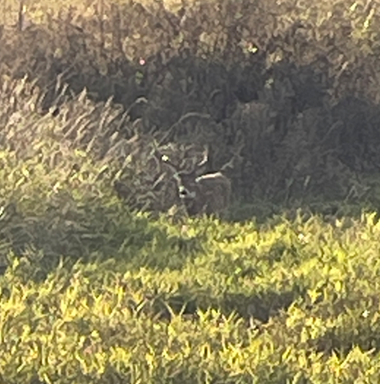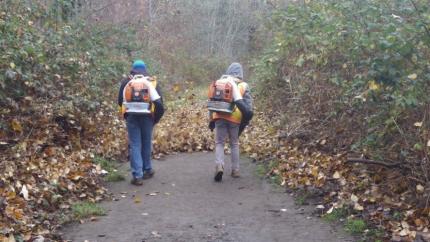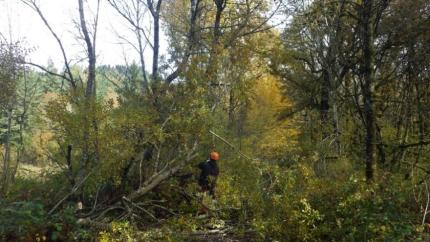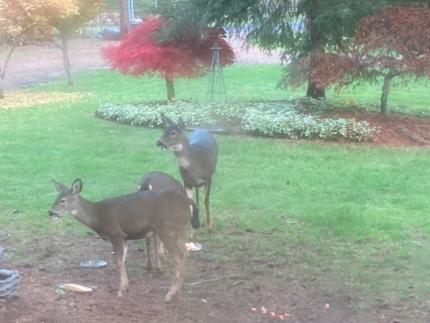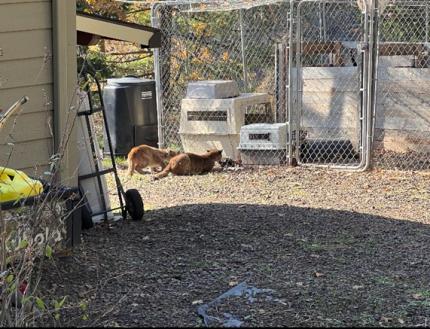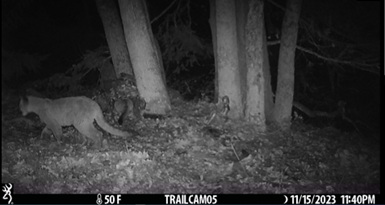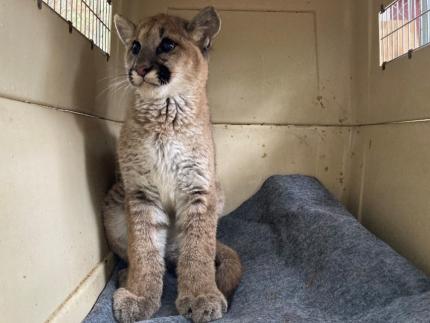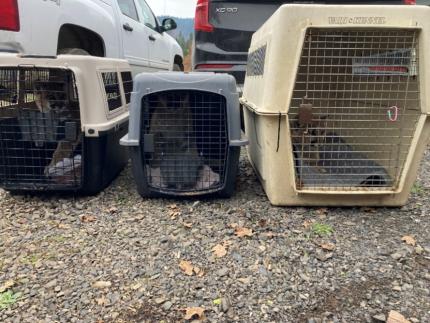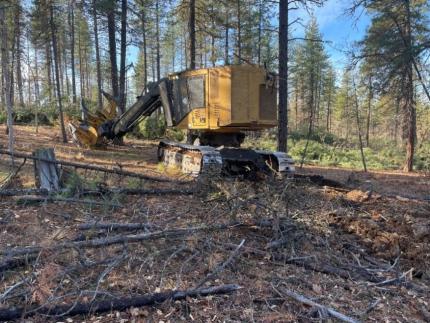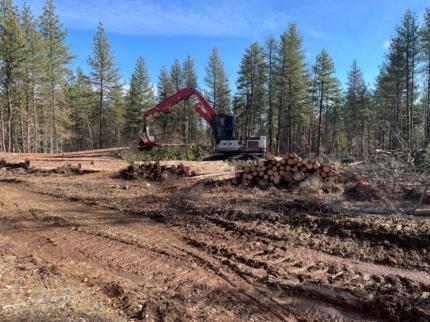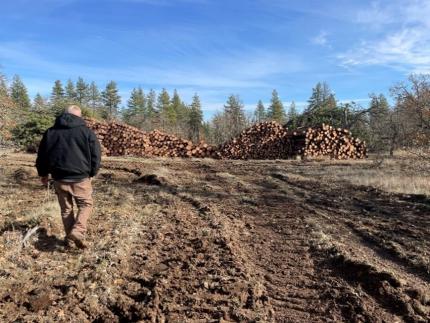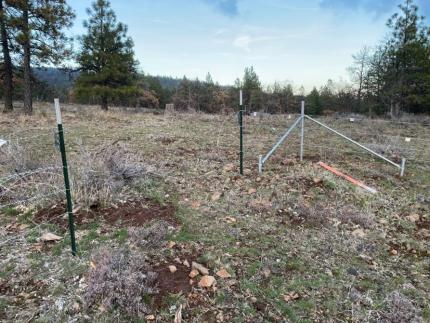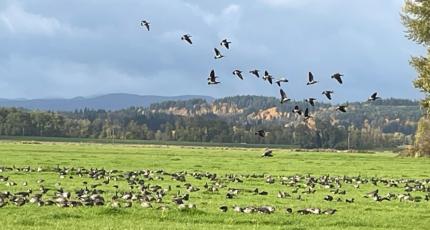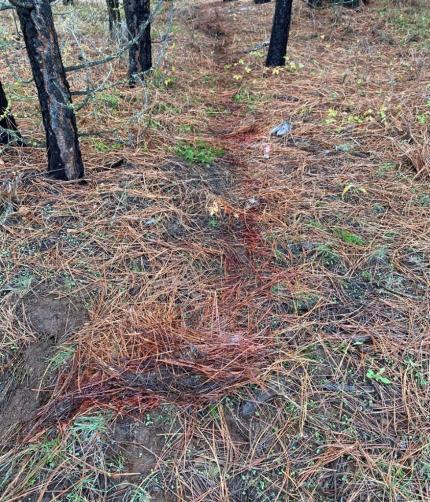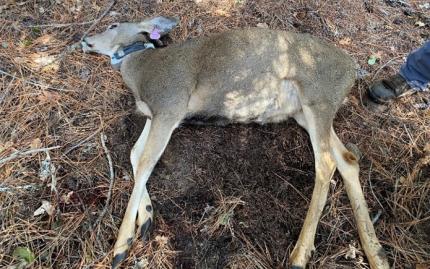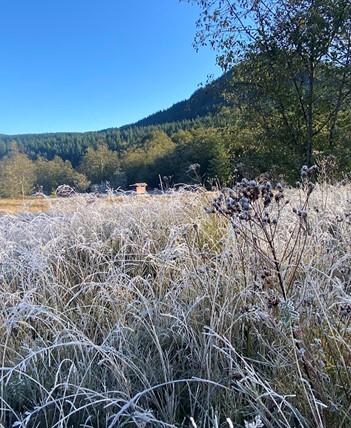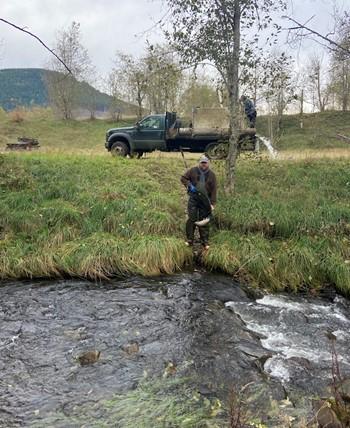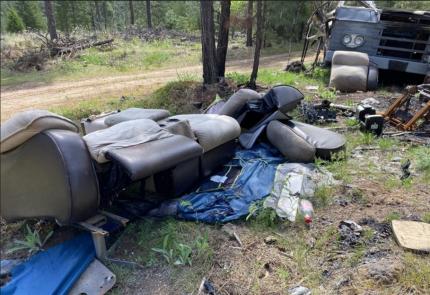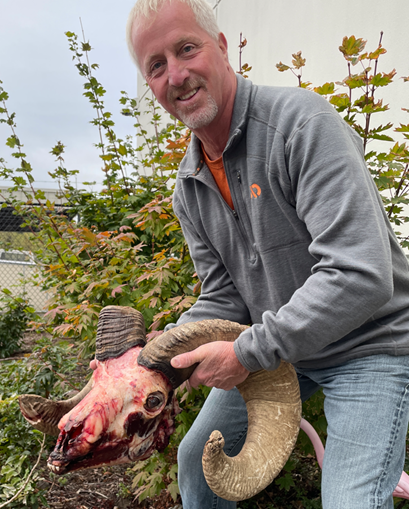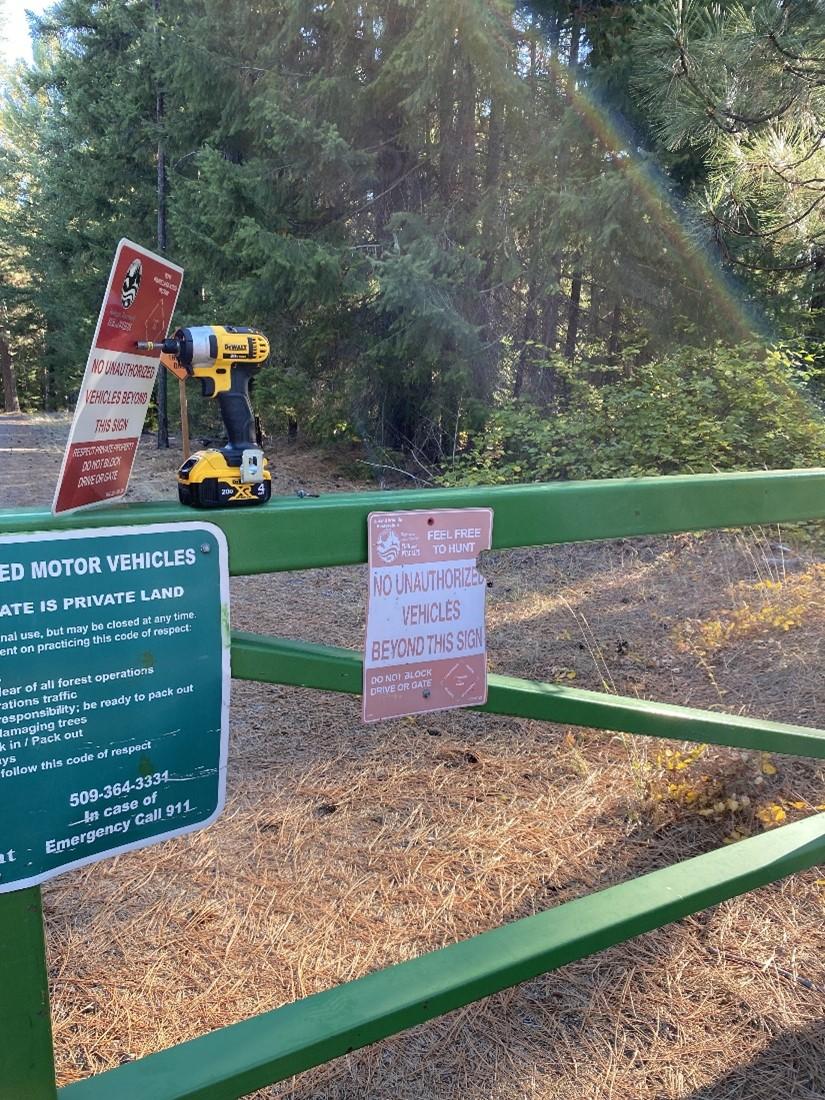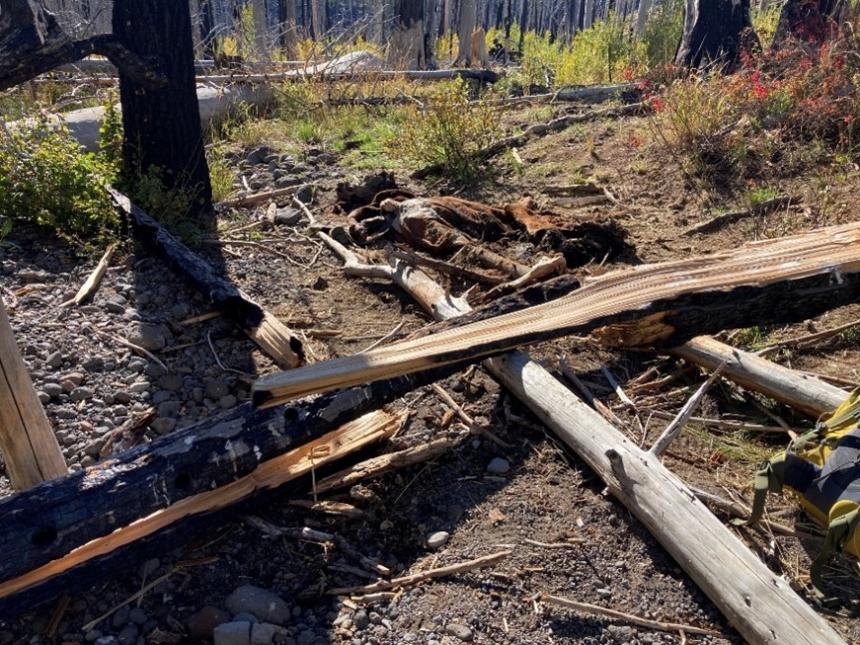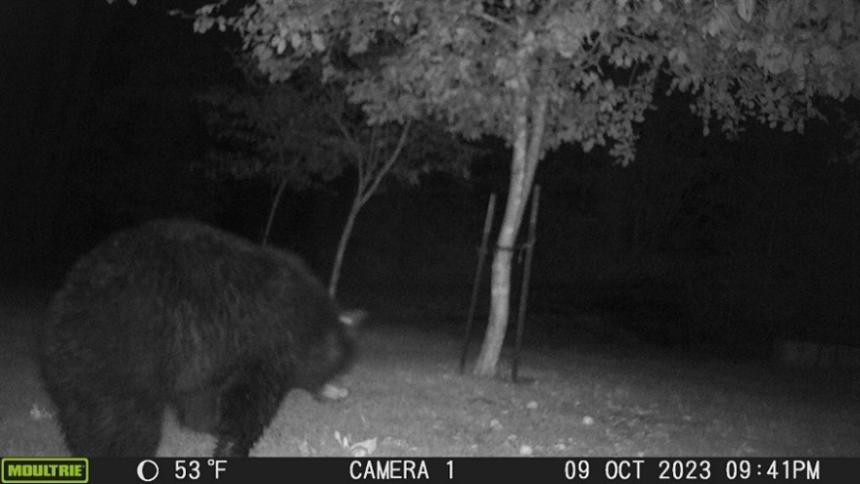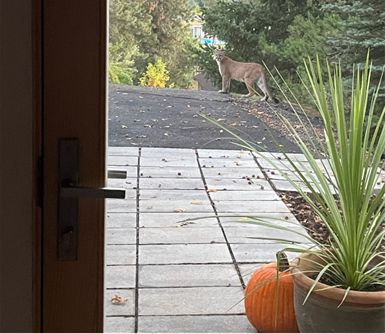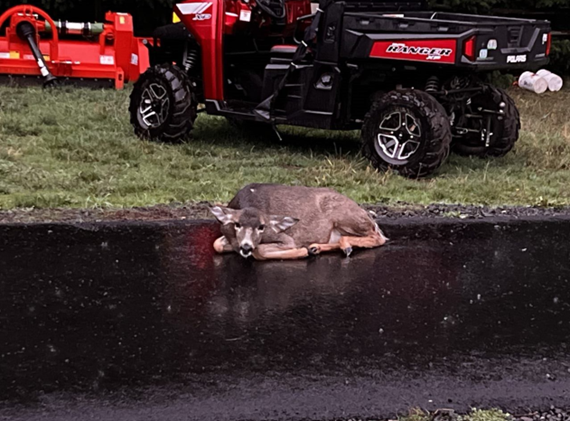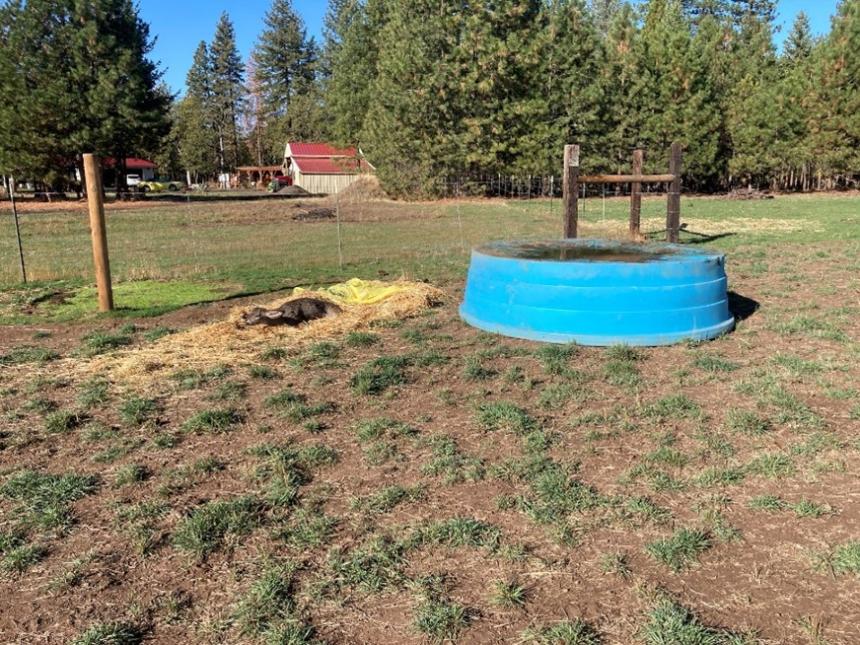Biweekly report Apr1-15 2024 - Region 5 (Southwest)
Managing Wildlife Populations
Klickitat Wildlife Area Spring Road Survey: Biologists Wickhem and Bergh, Assistant Wildlife Area Manager Roy, Conflict Specialist Jacobsen, Regional Wildlife Program Manager Jonker, and Volunteer VanLeuven took part in the annual spring road survey. They counted and classified mule deer on and around the Klickitat Wildlife Area. These routes have been surveyed each spring for more than 40 years! This season, the team counted 262 deer and classified 251. These results are on the lower side compared to recent years, but not bad considering the morning routes were plagued by fog and low clouds. The crew recorded 54 fawns for every 100 does, which is slightly above the 10-year average of 50 fawns for every 100 does. This “average” ratio was expected after a relatively mild winter.
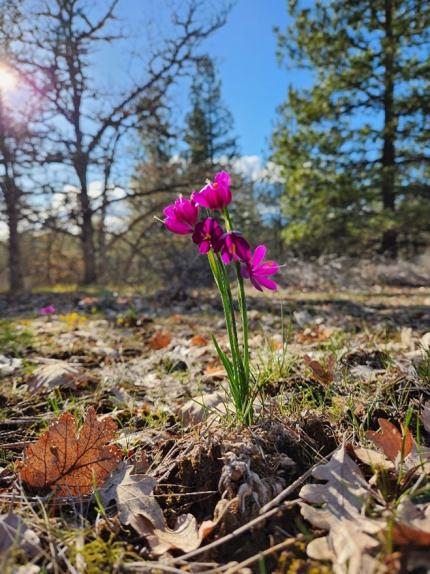
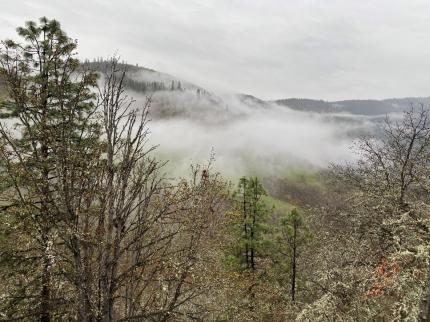
Klickitat Mule Deer Mortality Investigation: Biologists Wickhem and Ott investigated one mortality (death) signal from a collared female mule deer this week. Unfortunately, the carcass had been heavily scavenged by the time the pair arrived, making it impossible to definitively determine the cause of death. However, the pair did find signs of bear, cougar, and coyote in the surrounding area.
This deer was part of a 4-year study being conducted throughout Game Management Units (GMU) 388 and 382 to track the annual movements of female mule deer and locate important migration corridors. Staff members are also attempting to determine cause of death when a tracked animal dies, which has proven to be difficult. In winter 2021, 81 collars were deployed for this effort. Twenty-two collars were deployed in the winter of 2022 and 23 were deployed in the winter of 2023. Most of the 2023 deployments were replacing study deer that died over the first two years of the study. We are nearing the end of the study, so no more collars will be redeployed for this project.
Providing Recreation Opportunities
Improving Private Land Access: Private Lands Biologist Gray worked with a landowner enrolled in the Private Lands Access Program in Klickitat County to improve access over a property fence where a gate wasn’t an option. Volunteers worked to build this staircase to allow for safer access over the barbed wire fence. All properties enrolled in the access program are walk-in access only.
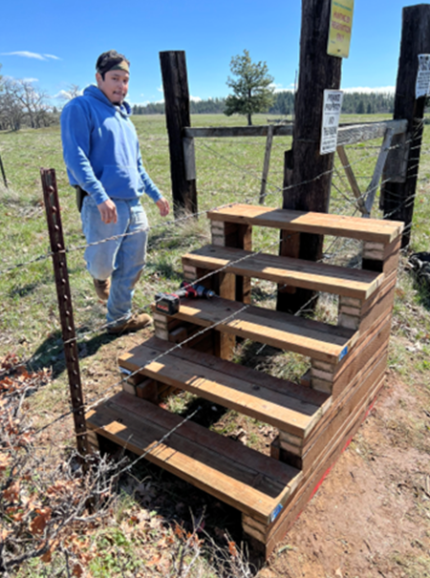
Conducting Business Operations and Policy
Necropsy Training: Biologists Wickhem, Bergh, Ott, Holman, Wildlife Conflict Specialist Jacobsen, and Assistant Wildlife Manager Risley attended necropsy (animal autopsy) training held in Region 5. The class was taught by Washington Department of Fish and Wildlife (WDFW) Veterinarians Mansfield and Haman and Washington State University Veterinary Pathologist Oliveira. Staff members are often required to conduct necropsies on a variety of wildlife species to determine cause of death, take veterinary samples, and track wildlife disease outbreaks. The class consisted of a lecture portion and hands-on experience.
Staff members from around the state saved carcasses of animals that were either found or euthanized by WDFW. This gave attendees the opportunity to necropsy an elk, cougar, bear, porcupine, river otter, beaver, a few coyotes, several birds, and multiple deer. All of the necropsy specimens were collected opportunistically, and no animals were killed specifically to be used for this training.
The elk and the bear had unknown illnesses that led to their euthanization, so instructors and attendees were tasked with determining what each animal was afflicted with. Numerous samples were taken from the bear for later analysis at the pathology lab. Eventually, they found a huge abscess below one of the elk’s antlers that likely caused the unnatural behavior (walking in circles, disorientation, approaching humans) that led to its euthanization. Thanks to veterinarians Mansfield and Haman as well as pathologist Oliveira for the instruction.
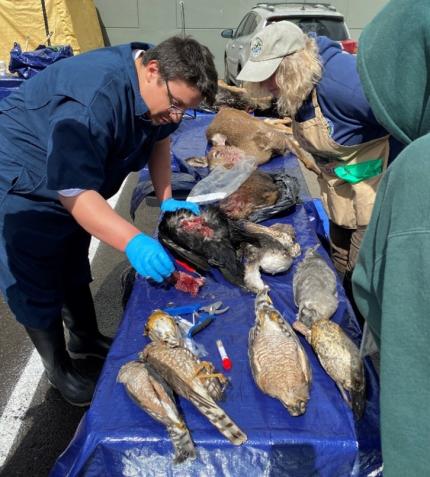
Firearms Recertification Training: Biologists Holman, Bergh, and Wickhem along with Conflict Specialist Jacobsen completed required firearms recertification training. Policy requires in person demonstration of safe handling, shooting proficiency, and general familiarity with state-issued firearms every three years for non-enforcement Washington Department of Fish and Wildlife (WDFW) staff members who carry firearms. Firearms are used by WDFW biology staff members to euthanize injured animals, haze wildlife away from agricultural or residential areas, and to collect specimens for examination. Thanks to Wildlife Program Firearms Instructor Dazey for running the recertification practicum.

